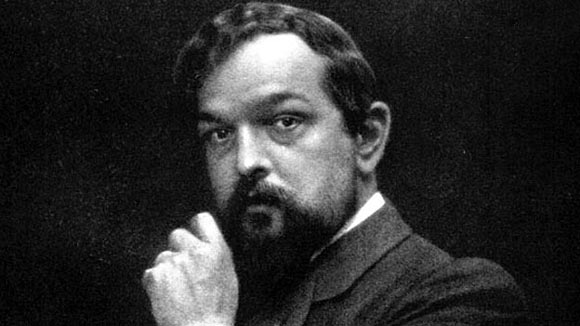
Claude Debussy was a highly prominent French Composer who was greatly involved with impressionist music. He was an important figure of the French Period of Symbolism.
Achille-Claude Debussy was born on August 22, 1862 in Saint-Germain-en-Laye, France. At the age of five, Debussy’s family moved to Cannes in fear of the Franco-Prussian War. At the age of seven, he began taking piano lessons under an Italian Violinist. By age ten, Debussy’s piano skills matured so much that he was granted admission to the legendary Paris Conservatoire. He then enjoyed the honor of being taught by greats such as Ernest Guiraud, Émile Durand, Albert Lavignac, Antoine François Marmontel, and César Franck.
In 1884, Debussy’s Cantata named “L’enfant Prodigue” or “The Prodigal Son” was premiered in Paris. The one-act opera was so moving that it won her Prix de Rome, a prestigious government arts scholarship that would have Debussy study for four years at the French Academy in Rome at the Villa Medici. Although Debussy was unhappy with the food and the environment there, he found reason to stay due to Franz Liszt’s presence. Liszt often played the piano at the academy, while Debussy listened in admiration. Debussy then wrote four works for the Academie des Beaux-Arts in response to the Prix de Rome, these works included Zuleima, Printemps, Fanataisie and La demoiselle elue. It was said that La demoiselle elue was heavily influenced by the works of Richard Wagner. Debussy was reported to be stunned by Wagner’s sensational harmonies and perfect technique. He also wrote Ariettes oubliees, and Fetes galantes around this time.
In 1890, Debussy wrote the Suite Bergamasque, a suite which included one of Debussy’s most popular pieces which he called the Clair de Lune. The suite held true to baroque customs in the beginning, and it seemed to develop its own twist starting from the third movement, the Clair de Lune. Debussy was also one of the first to master the incorporation of the chromatic scales in the Phrygian modes in his works, as is exemplified by his 1893 String Quartet in G Minor. In 1894 Debussy wrote one of his most famous operas titled Prélude à l’après-midi d’un faune, translated as “Prelude to the Afternoon of a Faun”.
Debussy’s later works included the “Trois Nocturnes” in 1899, which was an orchestral composition of three movements. He then wrote the “La Mer” in 1905, it was a special piece in the sense that it was not well received at first, but with the passage of time it became one of Debussy’s most celebrated pieces. In 1901 and in 1904, Debussy wrote the “Pour le Piano” and the “Images pour piano” respectively, each of them were poetic piano pieces that were rich with harmony. In 1907, he wrote “Iberia”,which was a large scale orchestral composition.
Besides being a prolific and skilled composer, Debussy also taught many students throughout the duration of his life. Claude Debussy died on March 25, 1918 of rectal cancer in Paris, France.